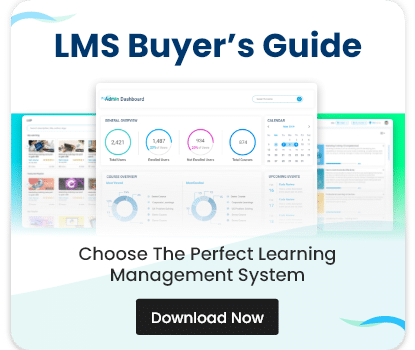7 Proven Ways That Help you to Become an Instructional Designer
Instructional developers craft engaging learning experiences by designing curriculum, refining content, creating assessments, and preparing various learning materials. They adapt in-person classes for online settings and help educators tailor content for diverse learners. Their expertise spans school curricula, workplace training, workshops, and retreats. Here are seven steps toward becoming an instructional designer.
Attain a Bachelor’s Education in Instructional Design.
Securing a bachelor’s degree in instructional design or related fields like education, computer science, UX design, or project management lays a sturdy foundation for an instructional design career. These programs offer a diverse array of subjects vital for this role. Instructional design degrees cover crucial areas like understanding technology’s role in learning, crafting effective curriculums, evaluating training and instructional design needs, mastering web design, and employing multimedia tools for dynamic learning experiences.
Pursue Advanced Education with a master’s degree.
As the field becomes more competitive, a master’s degree in instructional design has evolved into a sought-after credential for aspiring professionals. These advanced programs delve deeper into the intricacies of instructional design. They encompass topics such as the production process involved in creating instructional materials, methodologies for conducting research and analysis in educational settings, designing and developing multimedia content, understanding the principles that motivate learners, and applying effective project management techniques within educational contexts.
Acquire Relevant Professional Experience
Practical experience is paramount in the instructional designer education field. Most job postings require a minimum of three years of experience. This experience could be gained from project management, teaching, educational program design, software development, or other related occupations. Effective communication, time management, and project management are highly valued skills. Demonstrating successful collaboration with faculty members, proficiency in developing training and instructional design materials, and overseeing projects further strengthens one’s candidacy.
Master Vital Software Applications
Proficiency in essential software used in instructional design is indispensable. Mastery of tools like CogniSpark, Camtasia, Articulate Storyline, Adobe Creative Suite, and Microsoft Office 365 is highly desirable. These applications aid in creating interactive and engaging learning content. If one’s educational background needs more exposure to these tools, pursuing online courses or obtaining certifications can bridge this gap, ensuring readiness for the technical aspects of the role.
Craft a Comprehensive Portfolio
Building a robust portfolio showcasing one’s work is vital in landing an instructional design role. Creating training courses from scratch or enhancing existing materials demonstrates the practical application of theoretical knowledge. Volunteering for projects with non-profits or within one’s current workplace allows for hands-on experience in instructional design, enabling the showcasing of diverse skills and capabilities to potential employers. A strong portfolio speaks volumes about an individual’s competency, creativity, and suitability.
Prepare for Instructional Design Interviews
Once your resume and portfolio are in top shape, expect interviews for instructional design roles. Employers will inquire about your experience, skills, process, and aspirations. It’s essential to articulate your journey confidently. Sharing your story as an instructional designer with anyone willing to listen helps refine your narrative. Answering questions like how your experience led to instructional design, efforts to improve skills, preferred aspects of the role, value you bring, and your design process prepares you for interviews.
Choose the Right eLearning Tool
Building on theoretical knowledge and acquiring technical skills is crucial to becoming an instructional designer. Explore various eLearning tools for designers; you may only need some but select those relevant to your tasks. For instance, Paradiso LMS offers a range of capabilities, enabling the creation of interactive courses with diverse eLearning instructional designer content swiftly and effectively. It facilitates tests, activities, multimedia enhancements, dialogue simulations, and video creation for comprehensive learning experiences.

















